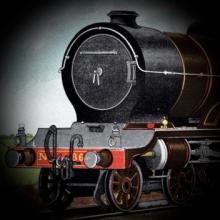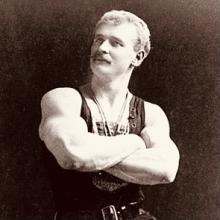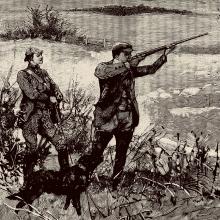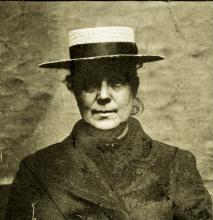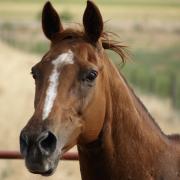
1910
FOR SALE, the property of a Gentleman, CHESTNUT GELDING, 6 years old, 15.3½, thoroughly reliable in double and single harness and at all road traffic and steam, thoroughly seasoned and just out of work. Apply C. C. Baird & Son, M.R.C.V.S., York Lane.[1]
Scotsman, 15 January 1910
[1] Image Wikimedia commons, accessed 12.8.21.
*****
MOTOR AND CYCLING NOTES.
THE CABRIOLET.
ONE of the most satisfactory features of motor body building is the growing popularity of the cabriolet type. A car which is permanently closed is not the best kind of car for the enjoyment of motoring in itself. On the other hand, there are not many who can keep special cars for special purposes, or who find that plan convenient. At times, therefore, the open car is unsuitable. A combination of both is what is wanted, and the cabriolet is the nearest approach as yet to the perfect car.
A new design in this type has just been completed by Messrs Croall & Croall, of York Lane, Edinburgh. It is in details that the test of a body of this kind lies; and the makers in this instance, with a long experience, may fairly claim to have overcome the difficulties of the case.
The most serious objection is usually the development, after a time, of rattling in the window casing or other parts of the body. Thoroughly seasoned wood is one simple preventive of this evil, which is not always adopted with the care which it should receive. The builders in this instance have added to the ordinary precautions which experience has dictated several improvements of construction, which should prove thoroughly satisfactory.[2]

A specially strong joint is made at the folding point of the framework, and strength, flexibility, and lightness have been successfully combined. As to appearance , the cabriolet will compare favourably with any other type. In the example in question, graceful flowing lines have been secured in the body, emphasised by the painting in different shades of blue. Then the single leather used for the covering looks remarkably well both from the outside or from the inside seats of the car; and when folded up to make an open car it is compact and unobtrusive. The extension over the driver’s seat joins with the top of the glass wind screen, which has some distinctive features.
A modification of the front seats, which is at present a novelty, but which may well become a standard feature, is due to the suggestion of the lady for whom the cabriolet has been built, and who is an expert driver. The backs of the seats have been raised slightly, so as to avoid the usual fault which a front seat has of catching the occupant in the small of the back. They are as comfortable as the back seats; and as this is achieved without altering the level of the front portion of the body, but simply by carrying the backs singly above it, there is no upsetting of the general balance of the design, and the front seat backs are not obtrusive as seen from behind.
Scotsman, 20 January 1910
[2] Image: Wikimedia commons, accessed 12.8.22.
******

STAND 37.
EDINBURGH MOTOR EXHIBITION.
BERLIET
AND
DELAGE.
WILFRED FOULIS, LIMITED,
SUNBURY MEWS,
BELFORD ROAD,
EDINBURGH[3]
Scotsman, 2 February 1910
[3] French manufacturer Berliet produced cars and then lorries from 1894 until the company's takeover by Renault in 1978. Go here for a YouTube corporate history. Delage, another French car manufacturer, operated between 1905 and 1953. Visit velocetoday.com for an early corporate history and some charming artwork.
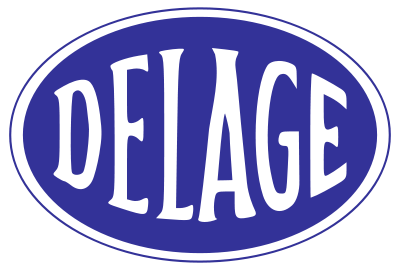
.
*****
YOUTHFUL MARAUDERS IN
EDINBURGH.
ATTACK UPON A SHOPKEEPER.
A SOMEWHAT sensational story of a “hold up” in an Edinburgh shop by three boys was narrated at Edinburgh Burgh Court yesterday before Bailie Stewart.
The accused were Alexander Denholm (18), of no fixed residence; Robert Ogilvy (17), trace boy,[4] 129 Leith Street; and Archibald Hill (17), message boy, 21 Greenside Row, and they were charged with assaulting an old woman named Mrs Dunlop, who keeps a small grocery shop in Greenside Row, and stealing from the shop a wooden bowl containing 15s. and twelve penny packets of cigarettes.[5]
The trio denied the charge.
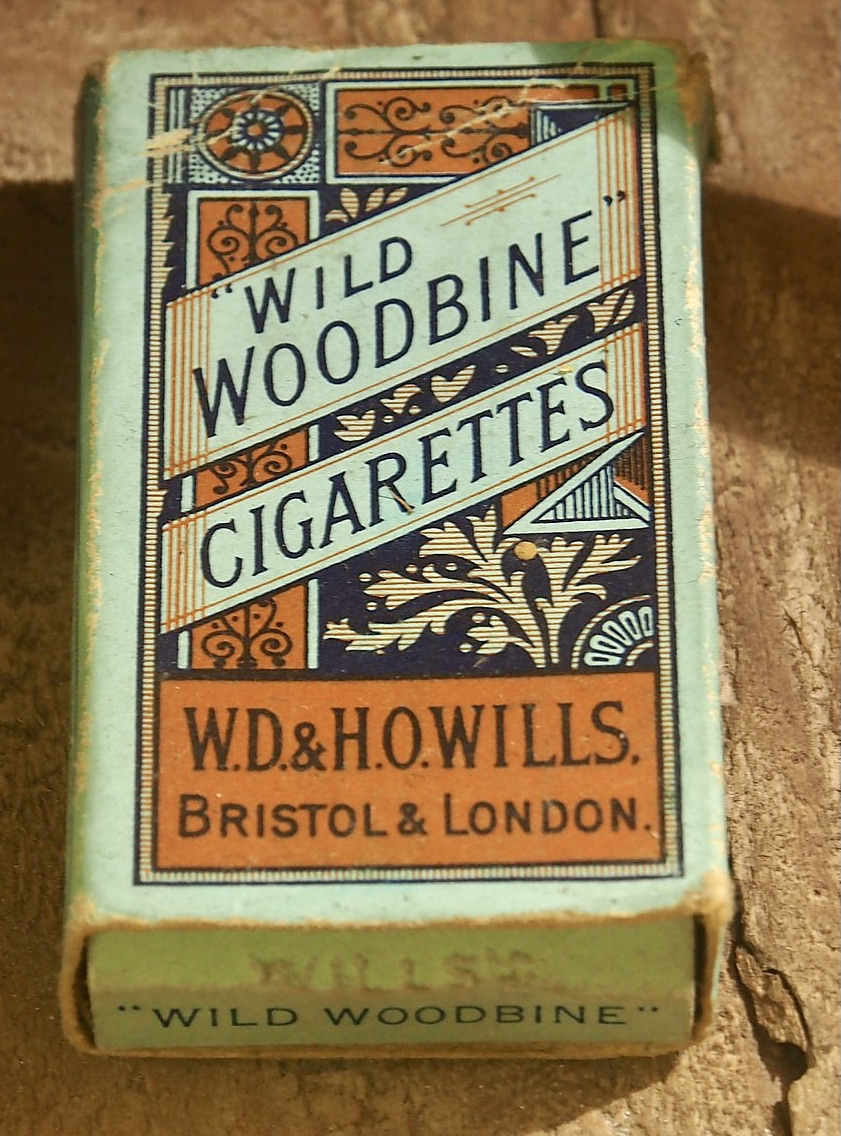
Mrs Dunlop explained that she lived in a room behind the shop. On Wednesday last a few minutes before eleven o'clock she was entering the lobby which led from her shop to the back room, when she was suddenly knocked down from behind, while someone held the door of the shop. She screamed, and a neighbour came to her assistance. The door was still held, but the party afterwards ran away. When she got into her shop she found that the till, which consisted of a bowl, had been taken away along with 14s. or 15s., and some packets of cigarettes. She recognised the three accused as being the intruders. She had been greatly annoyed recently in her shop.
A message boy, who met the three accused at half-past ten on the night of the occurrence, said they took off their boots and asked him to watch them. He saw them go up Greenside Row, and five minutes later they returned somewhat hurriedly. Putting on their boots again the trio went home. Witness replied to the prosecutor that he thought the accused were going to have a race when they took off their boots.
After further evidence had been led, the accused Hill, a stout, well-built lad, entered the witness-box, and stated that he had taken no money from the till; there were only some halfpennies in it. The other two did not give any evidence on their own behalf.
Bailie Stewart thought it was a very aggravated case, and sent Denholm, who had been previously convicted, to prison for forty days. The other two, who had had a clear record so far, he placed under £2 caution, with the alternative of ten days’ imprisonment.[6]
Scotsman, 8 March 1910
[4] Trace boys harnessed draught horses at the start of the working day and led them to work. They would then encourage them to pull loads, then feed and water them between tasks. At the end of the day, they would ride the horses back to the stable, brush them down and feed them again.
[5] Image: Wikipedia, accessed 12.8.21.
[6] Privates Alexander Denholm and Archibald Hill were both killed in action on 1 July 1917 during the Battle of the Somme.
*****

GREAT DANE pups (2), 5 months old, for sale; excellent pedigree. Apply 33 Carlton Terrace Lane, Edinburgh.[7]
Scotsman, 2 April 1910
[7] Image: From [dogbreedslist.info], accessed 13.8.21.
*****
MOTOR AND CYCLING NOTES.
THE PULLMAN-LIMOUSINE.
At the opposite end of the scale from the two-seater is a comparatively rare type of body which is at present in course of completion in the works of Messrs Croall & Croall, York Lane, Edinburgh.
The vehicle, which is a Pullman-Limousine on a Rolls-Royce chassis, has several interesting features. A car which can accommodate some eight passengers, and afford them all the protection of glass, is necessarily an imposing vehicle. The graceful lines of the design, and the manner in which the panels are moulded, obviate any suggestion of heaviness or clumsiness.
What corresponds to the inside portion of the ordinary Limousine is enclosed independently of the front seat, from which it is separated by a glass panel, which can be lowered if desired. The driver’s seat is entirely enclosed, glass side panels being fitted to join with the canopy projection and the wind screen.[7]
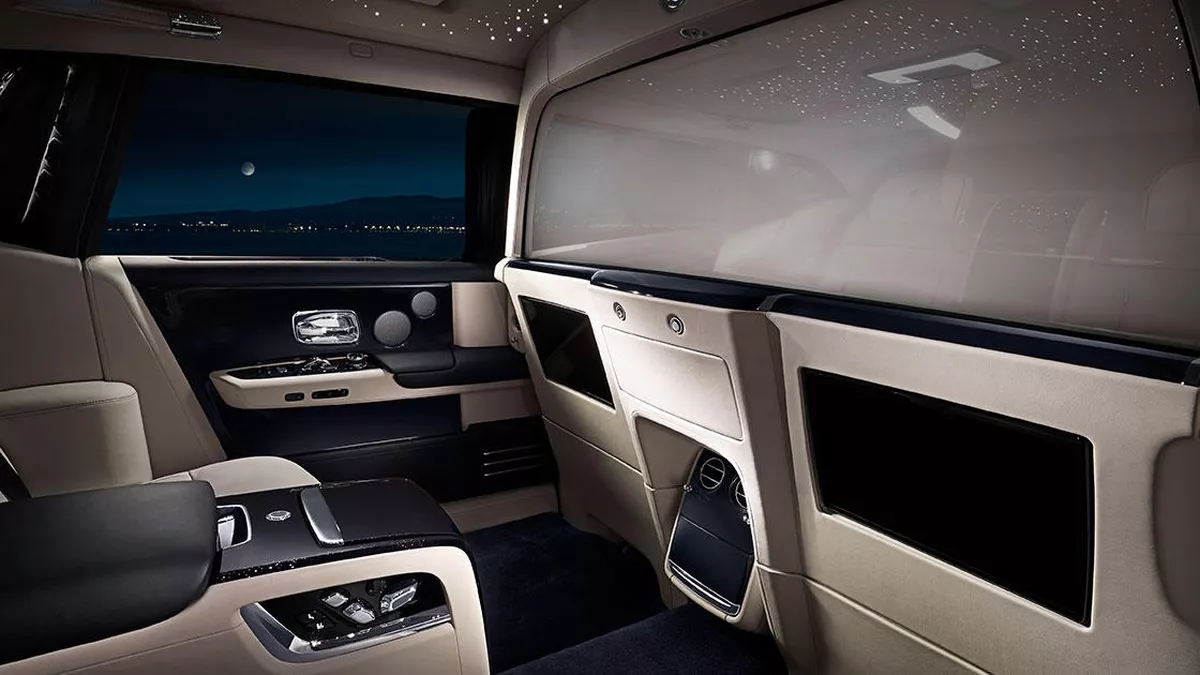
The notable point about this elaborate car is that although it is so fully weather-proof, it can easily be transformed so as to make an open, airy touring car; or, alternatively, either division, front or back, can be closed or opened independently at will. The glass division between the back seats and the driver’s seat can be lowered, the windows and side panels sink out of sight, the window pillars fold up with a double-jointed arm so as to lie flat along the roof, and there is left an open car from end to end, protected only by the wind screen in-front, and with the fixed roof remaining to serve as a shade from the sun.
In a car of this kind it is of importance that the workmanship should be good, and that the wood should be well seasoned. The pillars are made of thoroughly dried Scottish Oak, and the panels are of Honduras mahogany, which have the quality of strength and durability, and also afford desirable lightness.
Scotsman, 14 April 1910
[7] Image and update at [cnet.com], accessed on 9.8.21.
*****
TAXI-CABS (Powerful, Comfortable). Reduced Rates. Calling, &c.: reliable drivers. ’Phone 5277. Open All Night. Edin. Motor Cabs, Canning Street Lane.
Scotsman, 23 April 1910
*****
ASSISTANT.—Wanted, smart young man, 18 to 20, for oyster and sandwich bar. Apply Café Royal, West Register Street.
Scotsman, 29 April 1910
King Edward VII died on 6 May 1910, thereby inadvertently curtailing this series of Edwardian News from the Mews. Thank you for reading.

